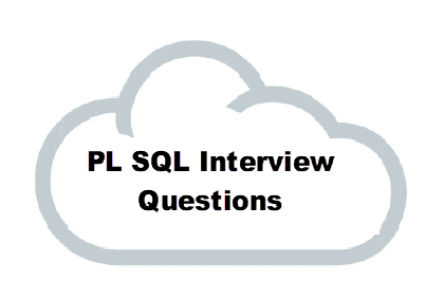
Though there are many technologies that have come up over the years, PL SQL is one core skill that is required in many job roles. PL/SQL stands for “Procedural Language extensions to the Structured Query Language” and is widely used as database programming.
If you are new and also looking for a tutorial do check this oracle doc on Pl SQL.
In this post, I am listing down some of the most asked PL SQL Interview Questions. Every developer working on PL SQL should be able to answer these, Else there are chances of rejection.
So let’s start.
Table of Contents
Most Asked PL SQL Interview Questions
These were some of the most asked PL SQL Interview questions which every developer should know. Hope it helps.
If you work on BIP Reports check out BIP interview questions
For more information on PL SQL visit here









